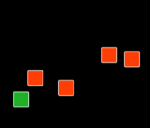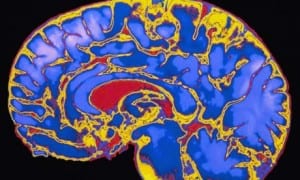Next Tuesday I will be giving my public inaugural lecture at the University of Lincoln. I have chosen to focus on ways in which human saccadic eye movements have and may in the future have an impact beyond academia. I will explain how eye movements can change the world in 4 different ways:
1. Eye movements themselves change our perception of the world. In a sense we all see the world differently in a way affected by our individual eye movements;
2. Visual search training, improving the efficiency with which we use eye movements, can be used to improve functional vision in adults and children with visual problems;
3. Research into attention and eye movements might be brought to bear to improve navigational cues in our visual environment, such as road signage;
4. Finally and perhaps most exciting is that saccadic measures might not only be valuable in the assessment of patients with neurological disorders, but could potentially be used to provide an early diagnosis of such conditions as Parkinsons and Dementia.

I am looking forward to talking to a general audience including members of the public, colleagues, friends and family and hope they will agree that eye movements can indeed change the world!
More details of the lecture and how to book are given here:
http://www.lincoln.ac.uk/home/campuslife/whatson/eventsconferences/event,name,20188,en.html






